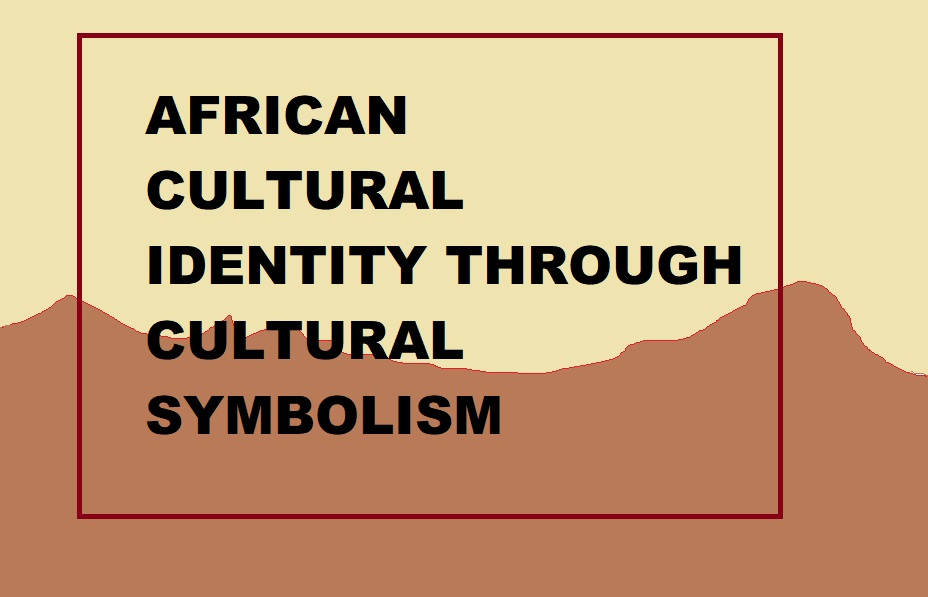AFRICAN CULTURAL IDENTITY THROUGH CULTURAL SYMBOLISM
AMONG THE ASHANTI OF West Africa AND THE ZULU OF SOUTH AFRICA
From being seen as a generation or two ago as a continent full of “tribes,” Africa has more recently been re-examined in light of Western theories of ethnicity and nationhood. Since the late 1960s and early 1970s “tribes” have been replaced by “ethnic groups” in the literature, while at the same time a burgeoning literature on ethnicity and nationalism in Africa has emerged. Much ink has been spilt on the colonial and post-colonial periods, and there have even been some attempts to rethink the origins of ethnic groups in the pre-colonial period.

